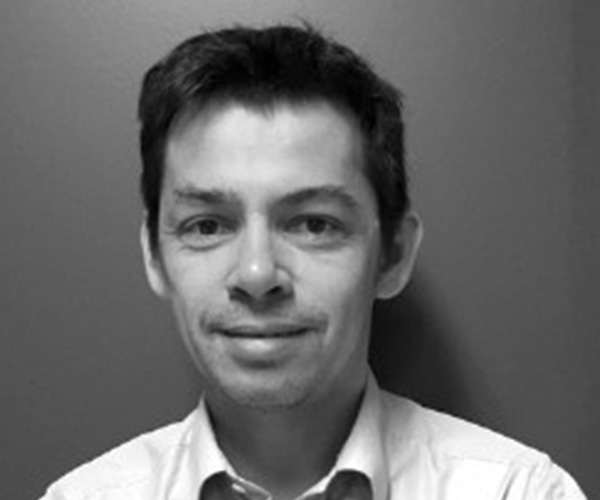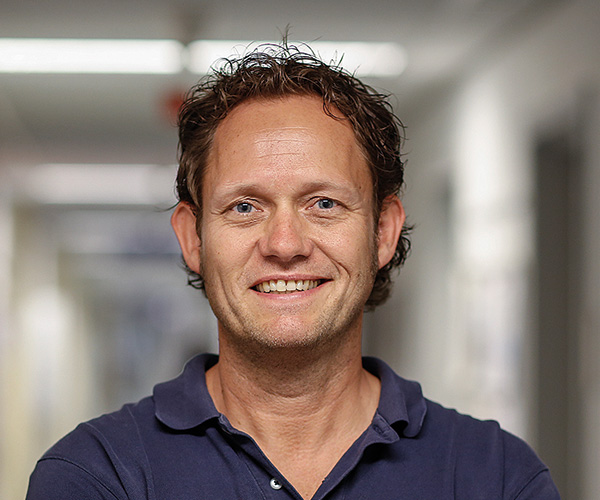Home institution
C2VN (Marseille, France)
Supervisory team
primary: Prof. Dr. Christophe Dubois (C2VN), secondary: Prof. Dr. Leon Schurgers (CARIM), tertiary: Dr. Stefan Kauschke (Boehringer Ingelheim)
Project locations
C2VN (Marseille, France), CARIM (Maastricht, Netherlands), Boehringer Ingelheim (Biberach, Germany)
Joint PhD Degree
Universities of Marseille and Maastricht
Project details
Formation of a thrombus requires the crosstalk and activation of different cellular partners. In case of thrombo-inflammation, the initial steps include smooth muscle cells (SMC) when the subendothelial matrix is exposed to the bloodstream or endothelial cells (EC). Additional partners, such as neutrophils and NETs (Neutrophil Extracellular Traps), were described to play an important role in thrombus formation. Our hypothesis is that the presence of EC negatively and that of SMC positively regulate the formation of coated platelets and NETs.
The goal of the present project is to identify the roles played by EC and SMC in pathways involved in micro- and macrovascular thrombus formation via differential effects on neutrophils and platelets. At the primary host C2VN, ESR4 will examine in vitro the consequences of the interactions of the vessel wall with neutrophils and platelets, and identify the molecular pathways involved. ESR4 will determine if extracellular vesicles (EV) play a role in this process. At CARIM, ESR4 will then determine in vitro the consequences of the interaction of SMC with platelets and neutrophils, utilising human and mouse SMC at stasis and in flow chambers. These interaction studies of coated platelets with SMC, neutrophils and activated/inflamed endothelial cells involves interaction with ESR9. During a secondment at Boehringer Ingelheim, targeted molecular candidates will be evaluated in existing vessel-on-a-chips models. Back at C2VN, ESR4 will then confirm the earlier results in dedicated in vivo mouse models: two models in which the endothelium is present at the site of injury and two models inducing exposure of the sub-endothelial matrix. In each model, the accumulation of procoagulant platelets, neutrophils, and NETs at the site of injury and thrombus formation will be studied by real-time intravital confocal microscopy.
References
- The role of neutrophils in thrombosis. Kapoor S, Opneja A, Nayak L. Thromb Res. 2018 Oct;170:87-96. doi: 10.1016/j.thromres.2018.08.005. Epub 2018 Aug 9. Review. PMID: 30138777
- Insights into platelet-based control of coagulation.de Witt SM, Verdoold R, Cosemans JM, Heemskerk JW. Thromb Res. 2014 May;133 Suppl 2:S139-48. doi: 10.1016/S0049-3848(14)50024-2. Review.
- P2X1 expressed on polymorphonuclear neutrophils and platelets is required for thrombosis in mice. Darbousset R, Delierneux C, Mezouar S, Hego A, Lecut C, Guillaumat I, Riederer MA, Evans RJ, Dignat-George F, Panicot-Dubois L, Oury C, Dubois C. Blood. 2014 Oct 16;124(16):2575-85. doi: 10.1182/blood-2014-04-571679. Epub 2014 Aug 22. PMID: 25150292
Desirable student skills
- Experience in cell imaging isolation and cultivation, molecular biology techniques (qPCR, western blot, genotyping) and flow cytometry are desirable


